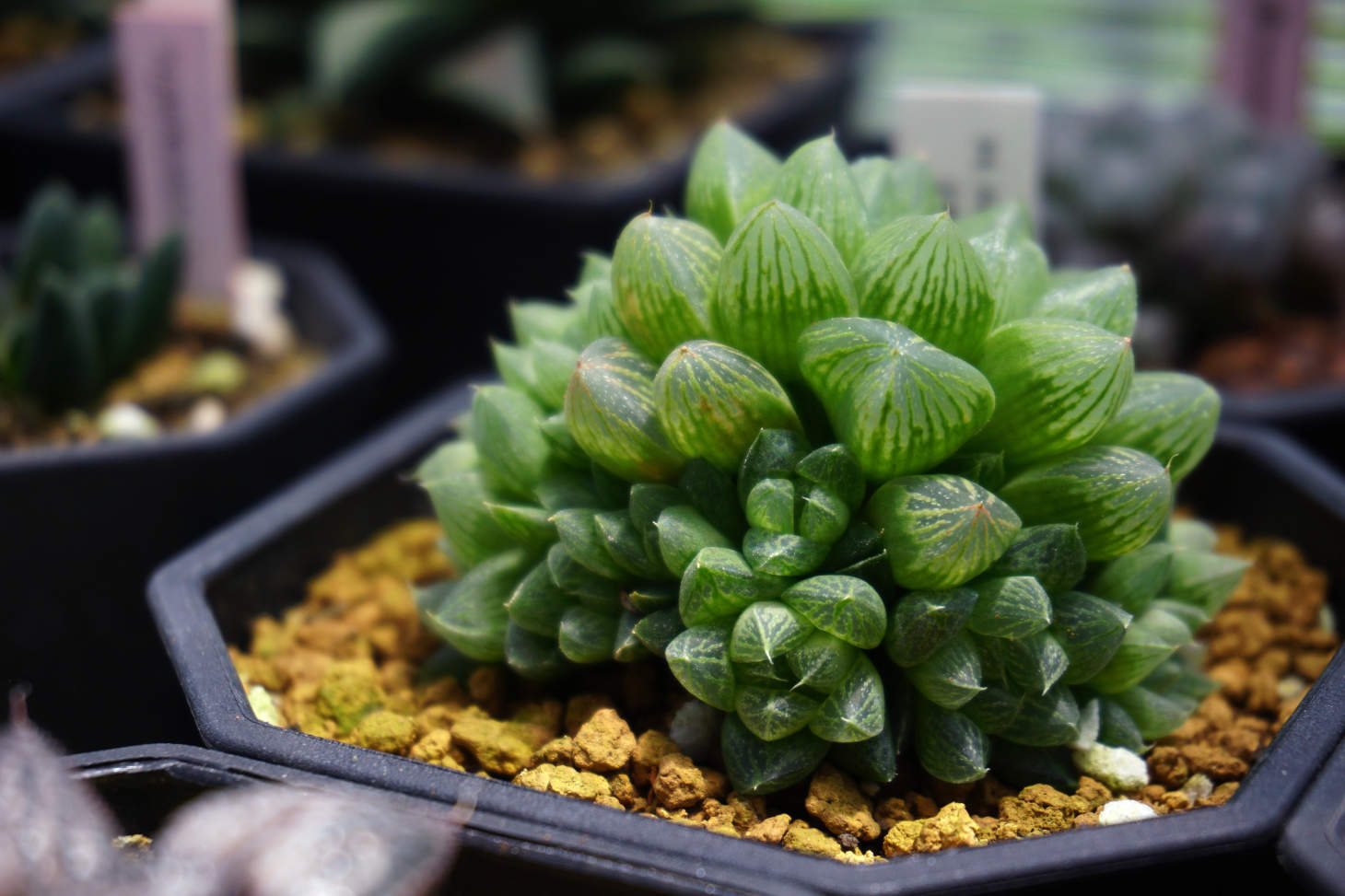Unusual or Rare Succulent Types
If you are looking to grow your collection, exploring rare and unusual succulents can bring a whole new level of excitement to your hobby. These unique succulents often feature surprising shapes, bold colors, and interesting patterns that you won’t often see in your everyday garden center. Finding and growing rare succulent varieties gives you the chance to showcase plants that stand out and spark conversation.
Whether you’re new to succulents or a plant enthusiast building an impressive display, adding these lesser-known species can be very rewarding. Some rare types, like Huernia zebrina with its star-shaped blooms, or succulents with geometric rosettes, offer distinctive beauty and charm. You’ll soon find that searching for these stand-out plants is just as fun as caring for them.
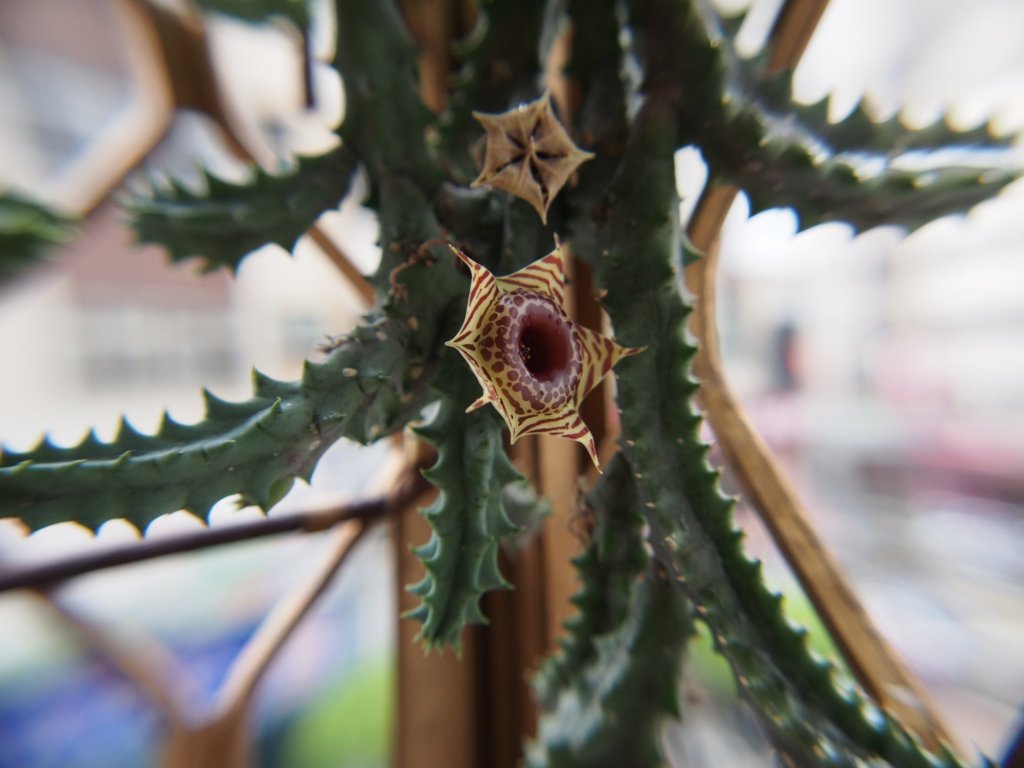
Defining Unusual and Rare Succulent Types
Rare succulents catch your eye with their distinct looks, limited availability, and special growing needs. Some are highly prized for their beautiful shapes, bright or unusual colors, and odd forms that set them apart from common varieties.
Characteristics of Rare Succulents
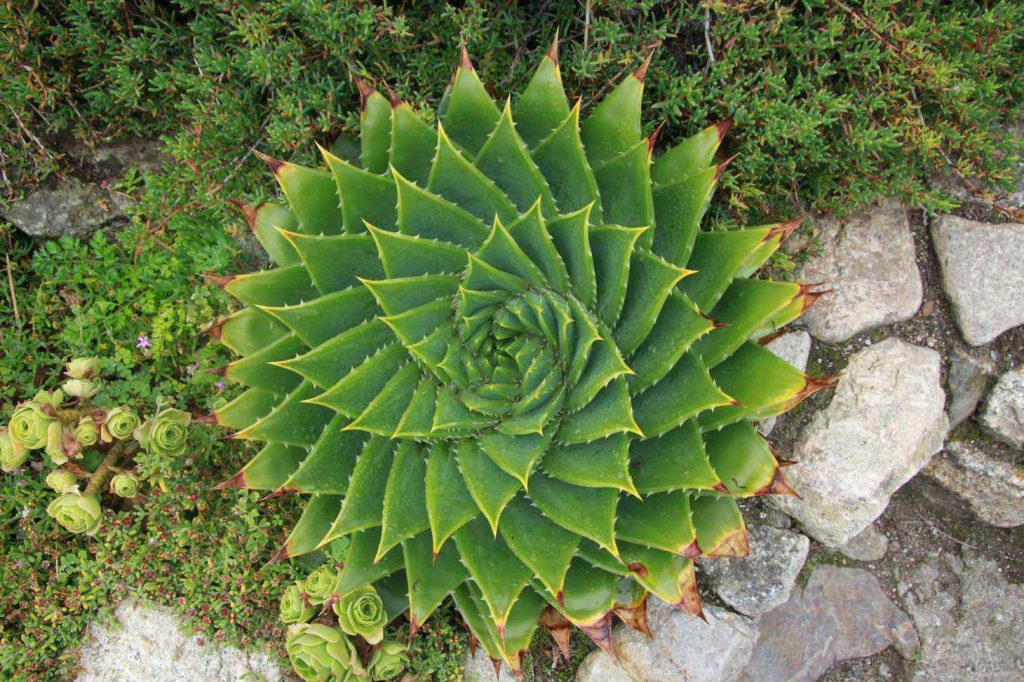
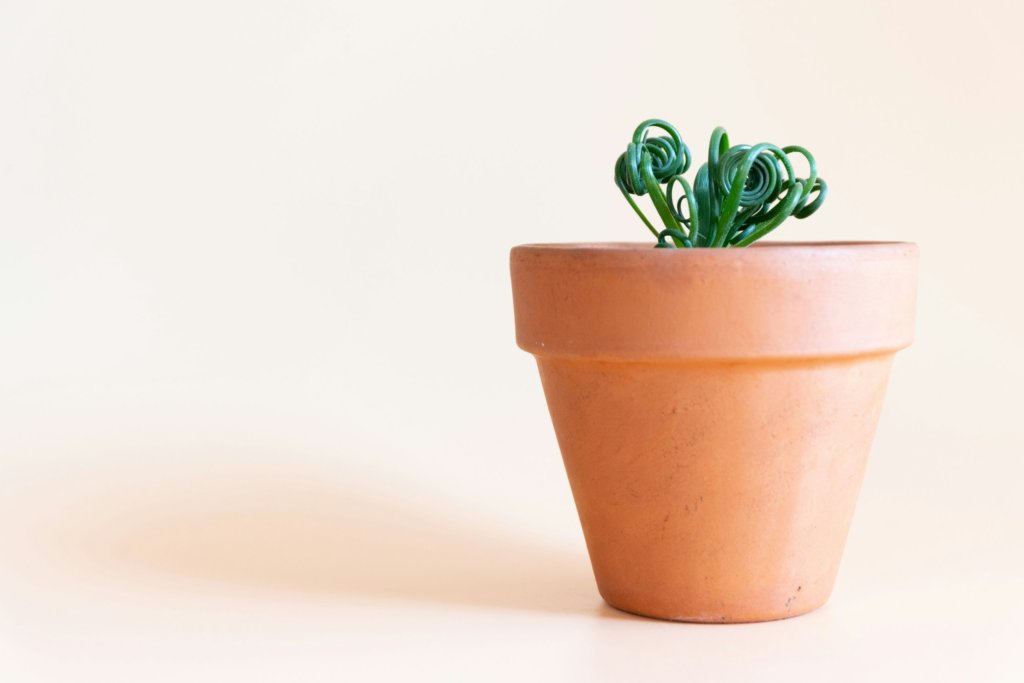
Rare succulent plants stand out for their unique features. Many have shapes or markings you won’t find in more common types, think spiral-growing Aloe polyphylla, or the curly leaves of Albuca spiralis (Frizzle Sizzle). Some rare succulents display colors that shift with sunlight or the seasons, including deep purples, blues, or bright reds.
Another sign of rarity is slow growth. Slow-growing succulents like Ariocarpus or Aztekium are rarely seen in stores because they take years to mature. Surface textures can also be a clue, plants with warty skins, hairs, or window-like leaf cells are less common. Sometimes, the most valued rare succulents flower only under specific, hard-to-reach conditions.
Here are a few unusual traits you might notice in rare or unique succulents:
| Feature | Example |
|---|---|
| Spiral growth | Aloe polyphylla |
| Curled or twisted | Albuca spiralis |
| Odd coloration | Echeveria ‘Perle von Nurnberg’ |
| Bumpy, windowed leaves | Haworthia cooperi |
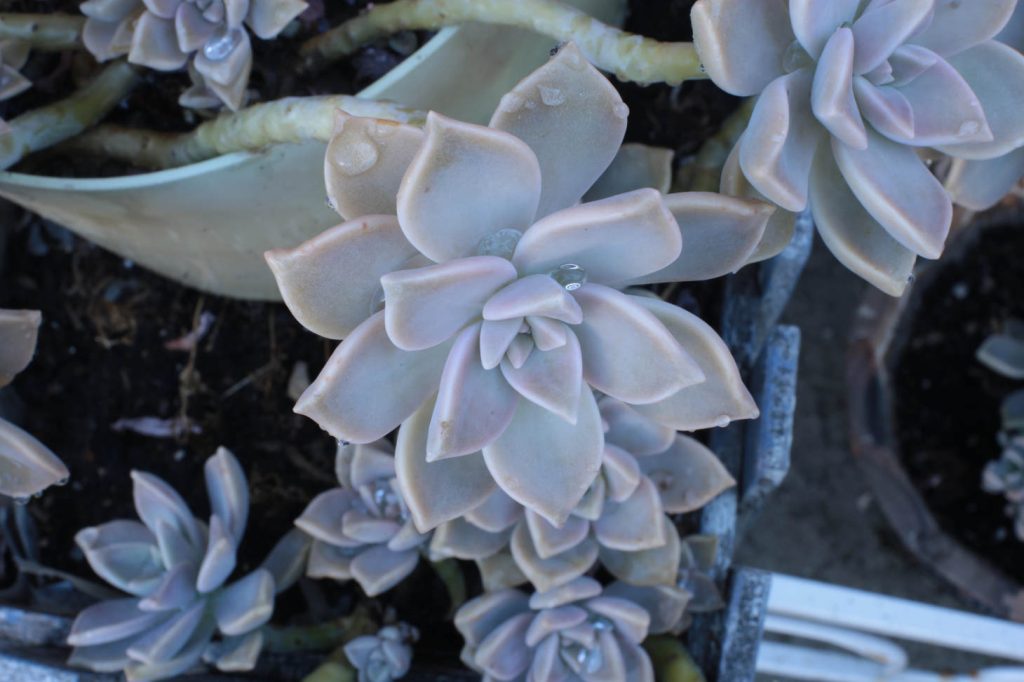
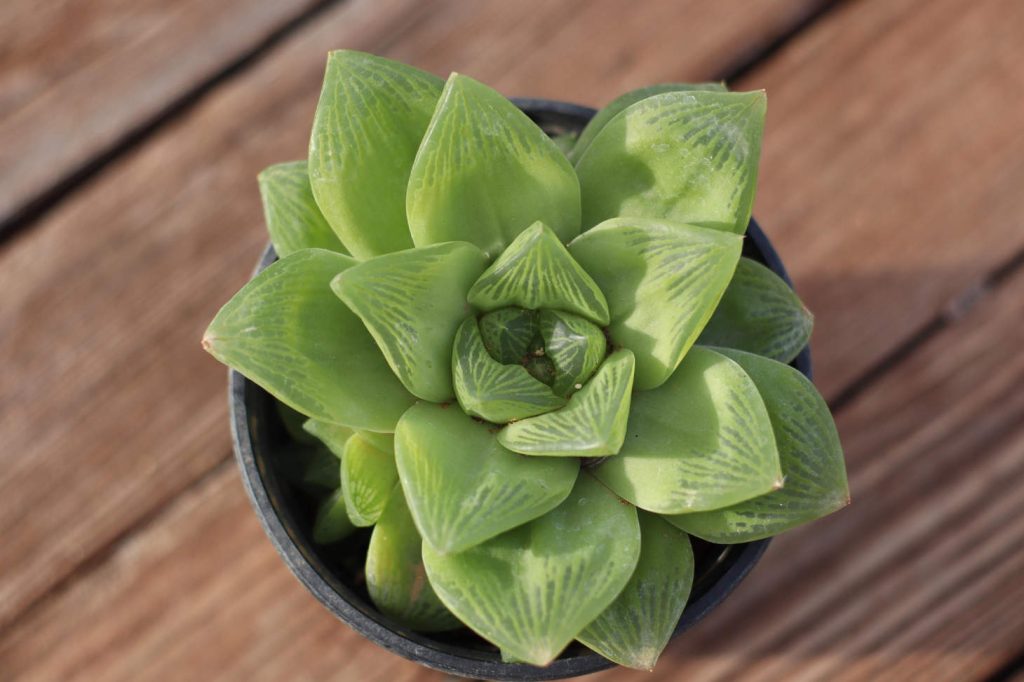
Why Rare Succulents Are Sought After
You may be drawn to rare succulents because they make your collection special. Adding these plants to your succulent collection brings diversity in pattern, color, and size. They are conversation starters and often become the centerpiece in your garden or home.
Collectors value rare succulents for their challenge. Many require special care, such as careful watering, well-draining soil, or strict temperature control. Because rare varieties like Lithops (living stones) or Conophytum mimic rocks, their survival often depends on precise watering and light.
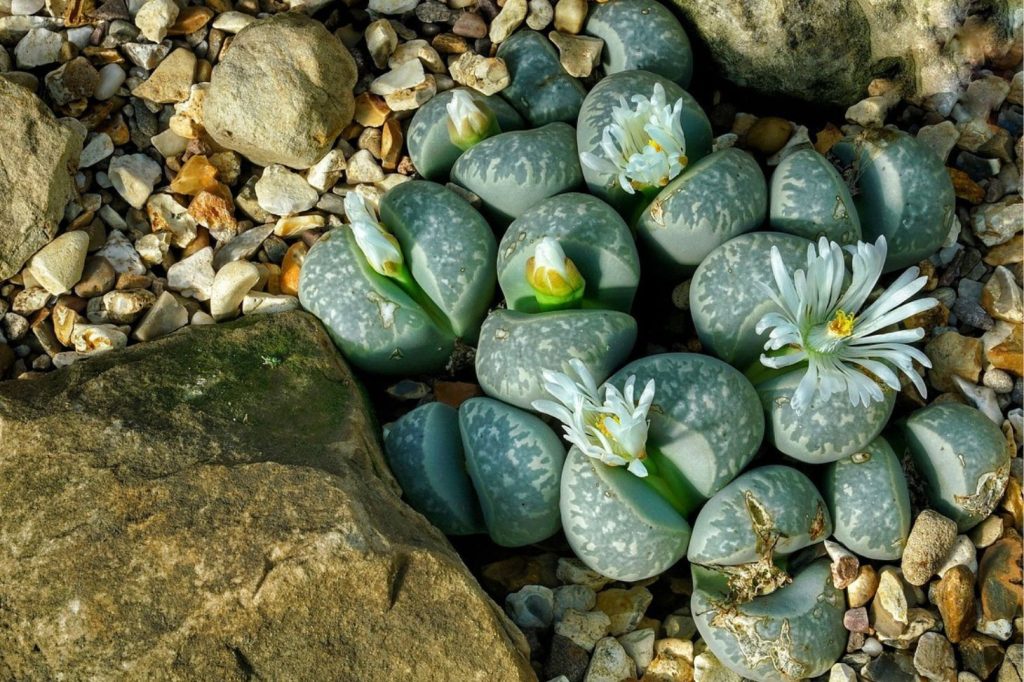

Scarcity also drives interest. When few people have a certain succulent plant, you may feel a sense of pride in growing it. Rarity can increase a plant’s value, making some unique succulents highly prized among collectors and enthusiasts.
How Rarity Is Determined in Succulents
The rarity of a succulent depends on several factors. Some species are native to small regions and are hard to find outside their habitat. These may include species from remote deserts or mountain regions. Limited natural populations or difficulty propagating in nurseries adds to their rarity.
Rarity can also be shaped by breeding. Hybrid succulents or plants with special mutations, such as variegation (leaves with multiple colors), are often produced in small batches. This limited supply makes them rare even if they can be grown from cuttings.
Collectors and nurseries look at things like population size, growth rate, and ease of cultivation to judge how rare a succulent is. When a plant is new to the market, or only offered in low numbers, it is often considered rare, whether in a home collection or public display.
Showcase of Rare and Unusual Succulents
Many succulents feature shapes, colors, and textures that make them highly sought after. Rare types can mimic stones, display odd rosette patterns, have strange leaves, or even form curious spines.
Living Stones and Pebble-Like Varieties
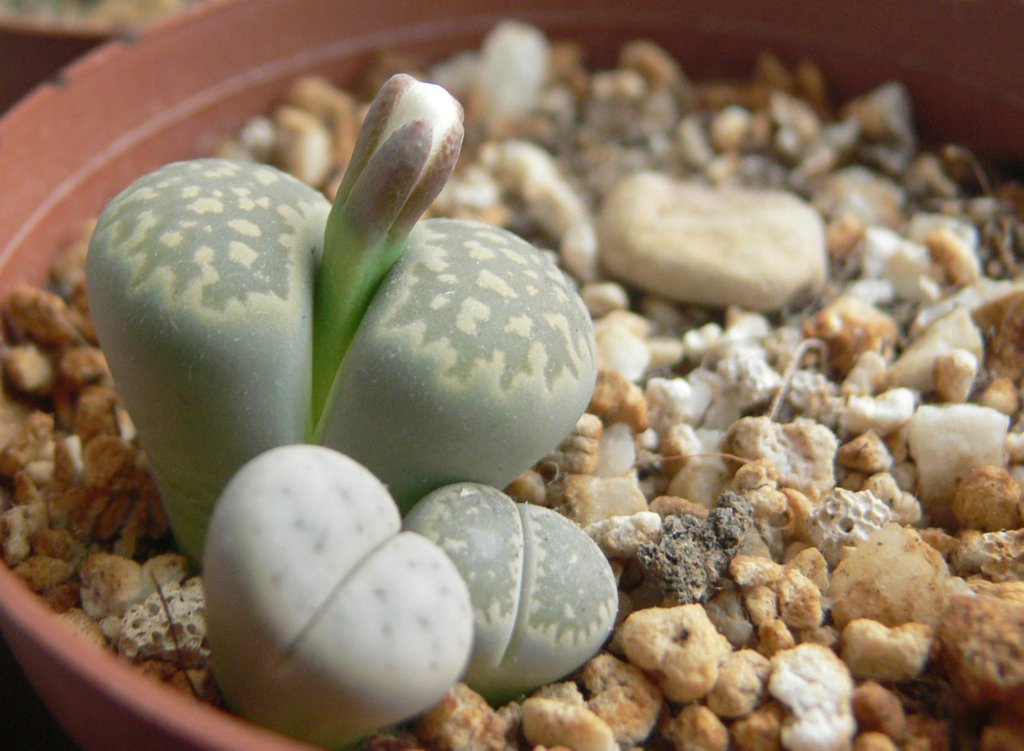
Some succulents resemble stones or pebbles, making them easy to overlook in their natural habitats. Lithops, or living stones, are small, low-growing plants that look like split pebbles. Each plant appears as two fleshy leaves with a slit at the center.
Lithops karasmontana shows tan shades with gray or red patterns that help it blend with rocks. Conophytum species also mimic small rounded stones. Conophytum subglobosum and Conophytum bilobum stand out for their compact shape and green to reddish tones.
Monilaria moniliformis is known as the bunny succulent. Its growth habit makes it appear like tiny rabbit ears emerging from a pebble base.
Uncommon Rosette-Forming Succulents
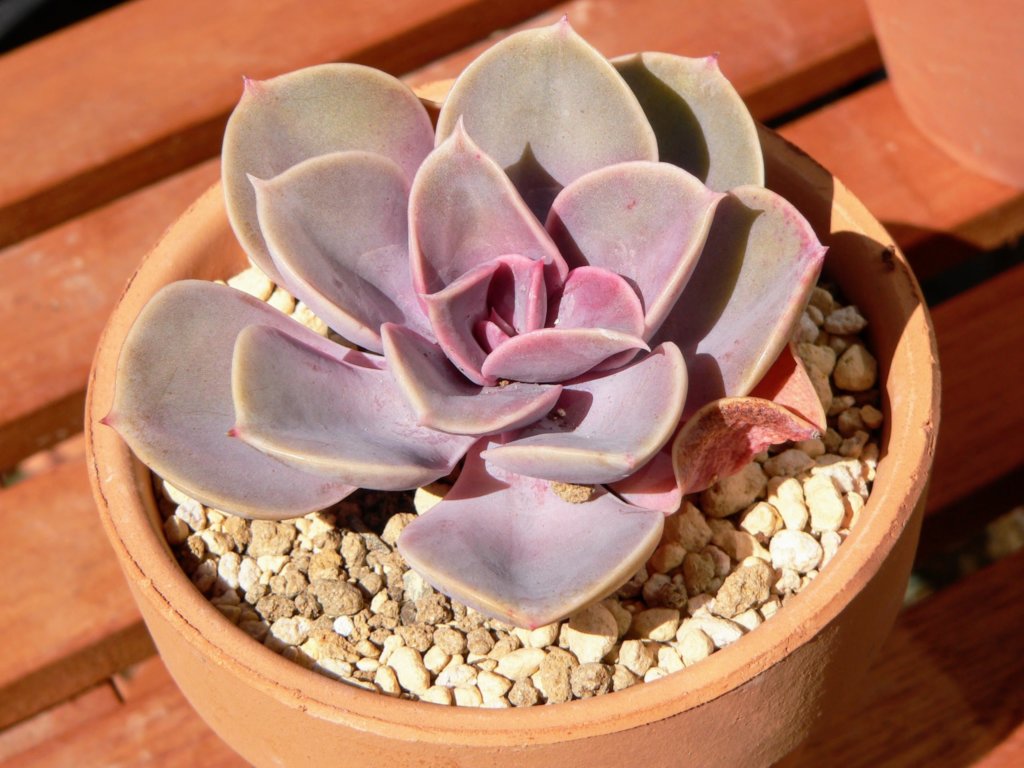
Some rare succulents grow in precise rosettes but with special twists. Echeveria types offer unusual colors and forms. Echeveria gibbiflora has thick, wavy-edged leaves with a bluish-gray color. Echeveria ‘Monocerotis Variegata’ and Echeveria ‘Lenore Dean Variegata’ add pastel variegation to classic shapes.
Pachyphytum compactum, also called “Little Jewel,” features angular, faceted leaves in tight rosettes. Pachyphytum oviferum or “moonstones” have powdery, plump leaves that resemble river stones in pale pinks or blues. These rosette types are prized for their sculptural look and pastel tones.
Exotic Leaf Shapes and Unusual Textures
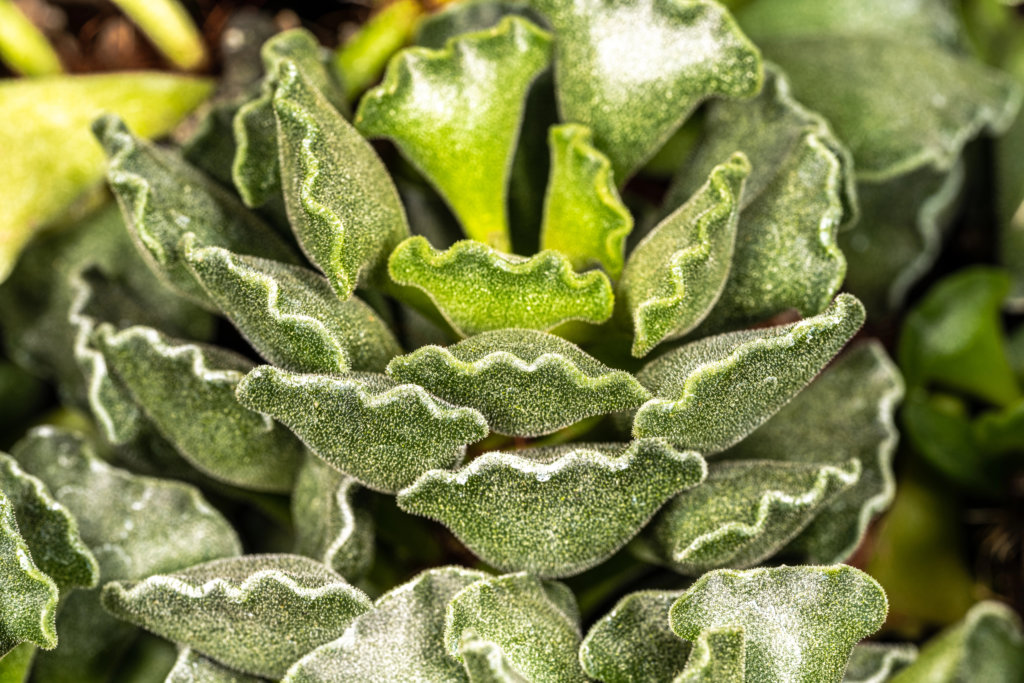
Unique leaf shapes and textures set certain succulents apart. Adromischus cristatus, the crinkle-leaf plant, grows short, thick leaves with ruffled edges. Adromischus cooperi has plump, spotted leaves that are often tinged with purple.
Cotyledon tomentosa, more commonly called bear’s paw, is named for the fuzzy, claw-tipped leaves. Cotyledon orbiculata produces round, flat leaves sometimes marked with red edges. Sedum morganianum or burro’s tail grows soft, trailing stems packed with plump, overlapping leaves.
Albuca spiralis, known as frizzle sizzle, forms thin, curly leaves that spiral upward, adding another layer of visual interest.
Rare Spine Varieties
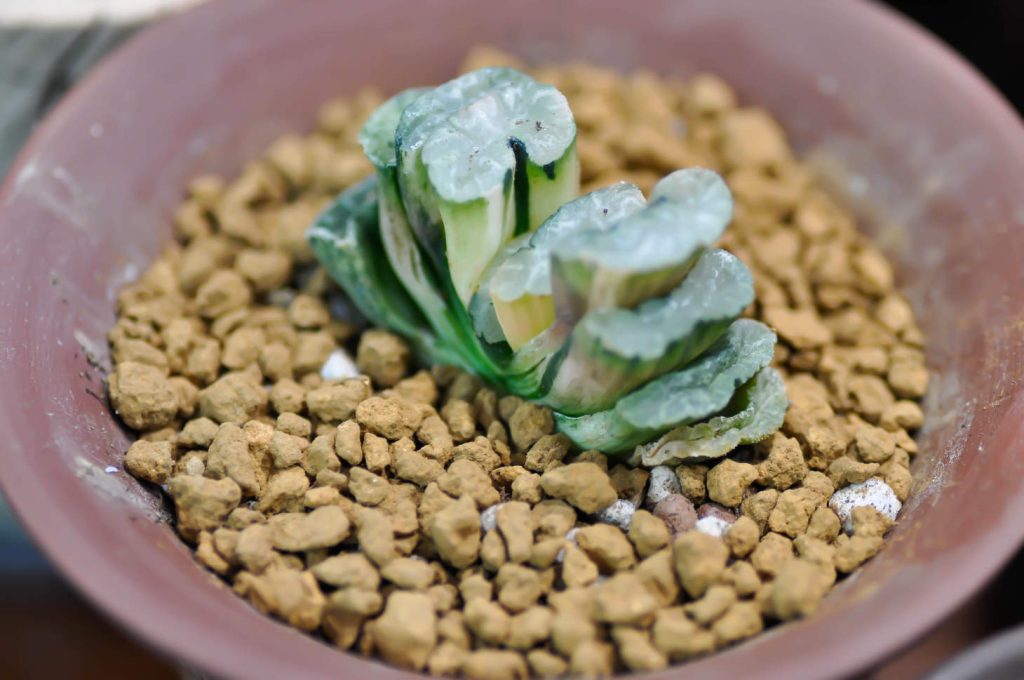
Euphorbia obesa, the baseball plant, is nearly spherical and marked with even stripes, resembling a green ball. Titanopsis calcarea features thick, bumpy leaves with gray and blue-green coloring, mimicking small stones.
Haworthia truncata develops flattened, translucent leaf tips, creating a geometric look. Haworthia cuspidata variegata brings cream and green stripes to its pointed leaves, further increasing its appeal.
Building and Expanding a Unique Succulent Collection
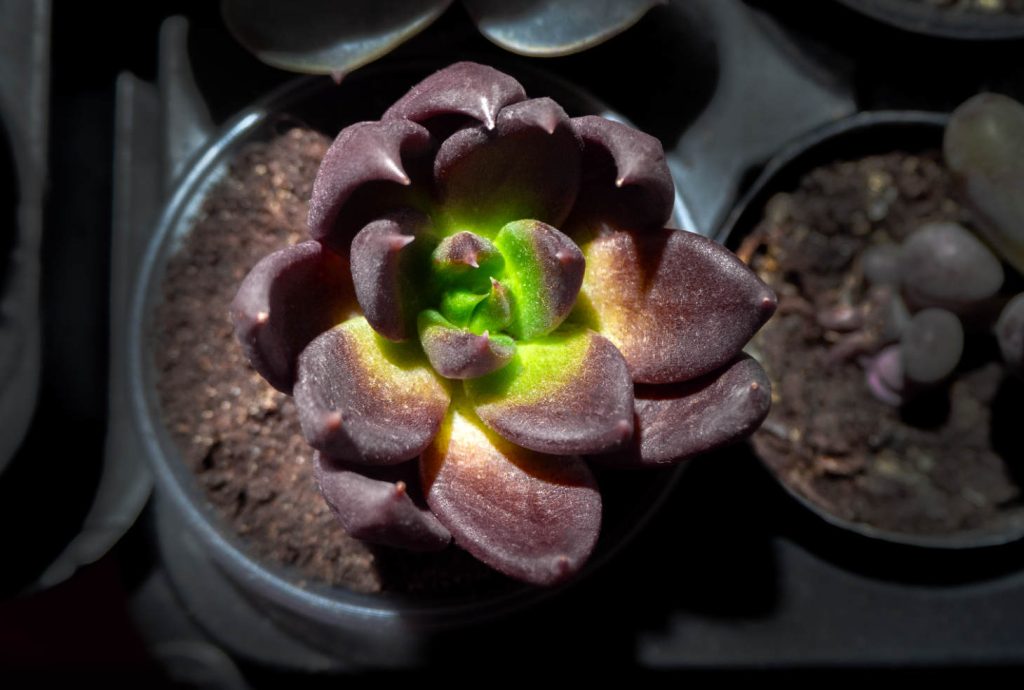
Starting or growing your unique succulent collection takes research, care, and attention to detail. Rare succulents often need extra effort to locate, source responsibly, and display at their best.
Where to Find Rare Succulents
You can discover rare and unusual succulents at specialty nurseries, online stores, local plant shows, and from private growers. Reputable online platforms often list a wide selection, making it easier to access species like Huernia zebrina or Adromischus cooperi.
Join plant enthusiast groups on social media or forums. Members sometimes trade cuttings or seeds of rare succulents. Local botanical gardens or succulent societies may also hold sales with unique plants.
When shopping, look for sellers with positive reviews and transparent sourcing practices. Avoid buying rare succulents from sources that cannot prove legal or sustainable collection.
Ethical Sourcing and Conservation
Responsible sourcing is key in building an impressive but sustainable succulent collection. Many unique succulents, especially rarities, may be threatened or endangered in the wild due to over-harvesting.
Choose vendors who propagate their plants rather than collect them from natural habitats. Look for certification or statements on ethical practices. Some succulents, like certain Ariocarpus or Euphorbia species, are protected by international laws.
Avoid contributing to the problem of plant poaching. Support growers and nurseries that work with conservation groups or contribute to species preservation. Educating yourself about which rare succulents are at risk helps ensure that your collection does not harm wild populations.
Showcasing Rarities in Arrangements
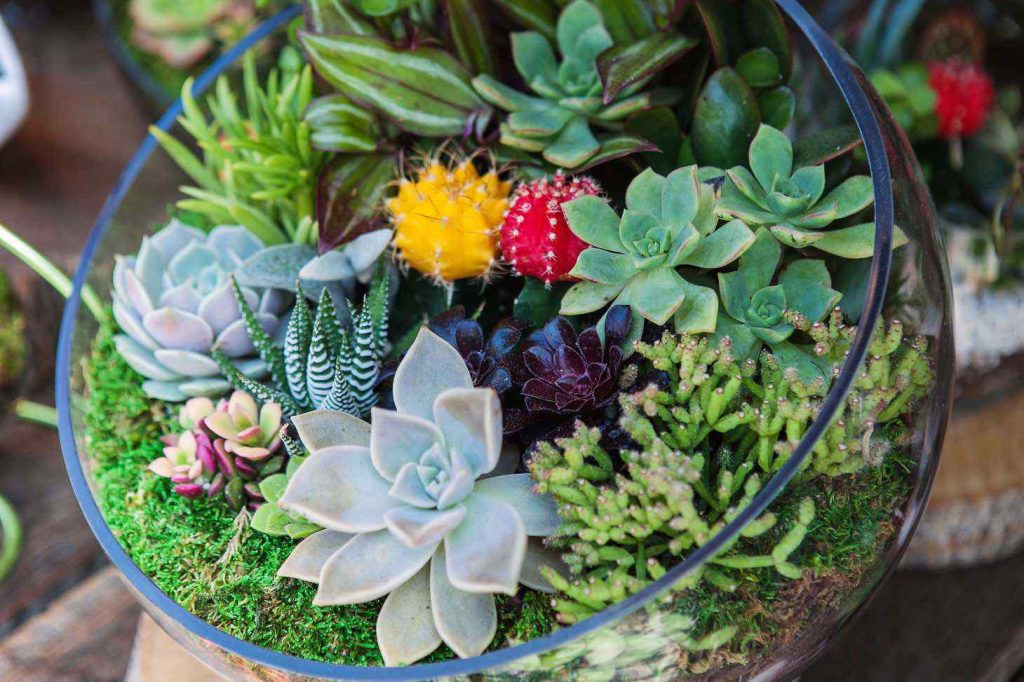
Displaying rare succulents can highlight their unique shapes, colors, or textures. Arrange your collection with plenty of space so each plant stands out and gets proper airflow.
Try grouping succulents by size, growth habit, or color to create eye-catching displays. Use shallow clay pots, raised trays, or even glass terrariums, but ensure good drainage to prevent rot.
Include plant labels with names and care tips. Rotating your rare succulents to different light conditions can keep them looking their best. For especially delicate specimens, consider keeping them in a dedicated display case to control light, temperature, and humidity.

